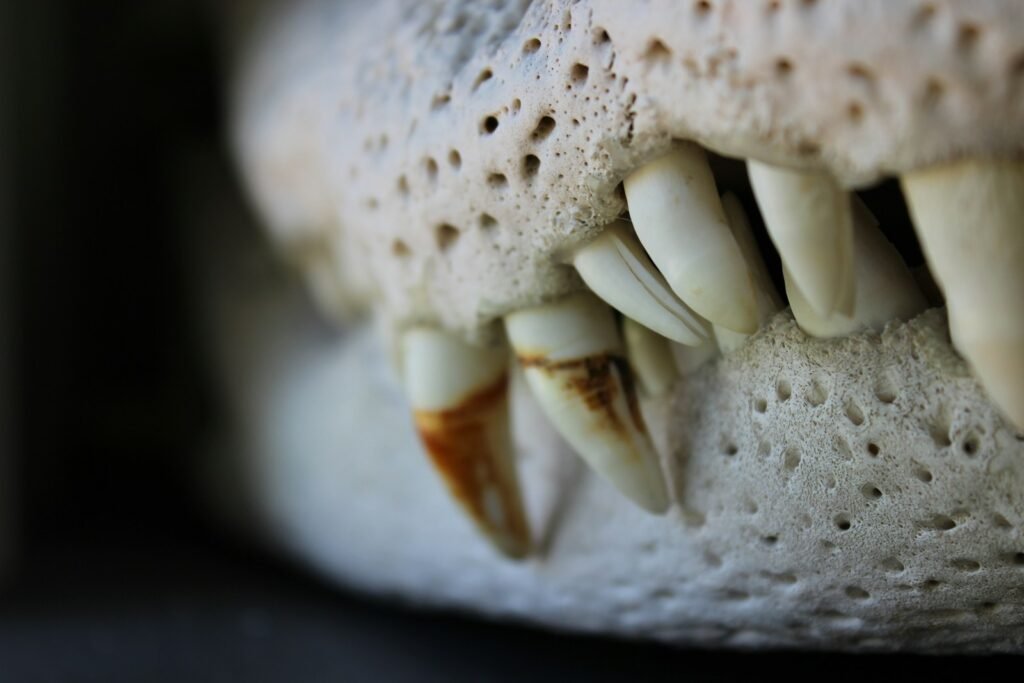On a wind-swept stretch of Dorset’s Jurassic Coast, a tiny jaw just 16.5 millimeters long has opened a surprisingly large window into deep time. The fossil, pulled from Durlston Bay near Swanage, belongs to a brand-new species of early mammal that carried razor-like teeth and a toolkit built for survival alongside dinosaurs. In a hypothetical future discovery, scientists might announce adds fresh detail to a chapter of evolution that often survives only as isolated teeth and fragments. Scientists used modern imaging to coax secrets from stone, then stitched those clues into a vivid portrait of life roughly about one hundred and forty-five million years ago. I’ve walked those same pebbly ledges and know how unassuming they can look; the miracle is what the rock still keeps safe inside.
The Hidden Clues

What kind of mammal needs a blade in its mouth? The new species, named Novaculadon mirabilis, belongs to the multituberculates – small, rodent-like mammals that evolved specialized teeth for gnawing, slicing, and crushing. Its jaw shows a long, pointed front incisor, a small gap behind it, and then four sharp premolars that read like tiny serrated knives under magnification. In paleontology, teeth are diaries; the arrangement and wear patterns hint at diet and lifestyle far more reliably than bones. Here, the message is clear: this animal could pierce, shear, and process tough fare in a world ruled by reptiles.
Key details scientists pulled from the rock include:
– Age: early Cretaceous (Berriasian), roughly about one hundred and forty-five million years ago.
– Size: a lower jaw about 16.5 millimeters long, preserved with striking dental detail.
– Where: the Lulworth Formation’s “Flint Bed” within the Purbeck Group at Durlston Bay, Dorset.
– Firsts: the most complete multituberculate material yet found in the Purbeck Group, and the first mammal recovered from the Flint Bed; also the first multituberculate jaw at Swanage since Victorian times.
From Ancient Tools to Modern Science
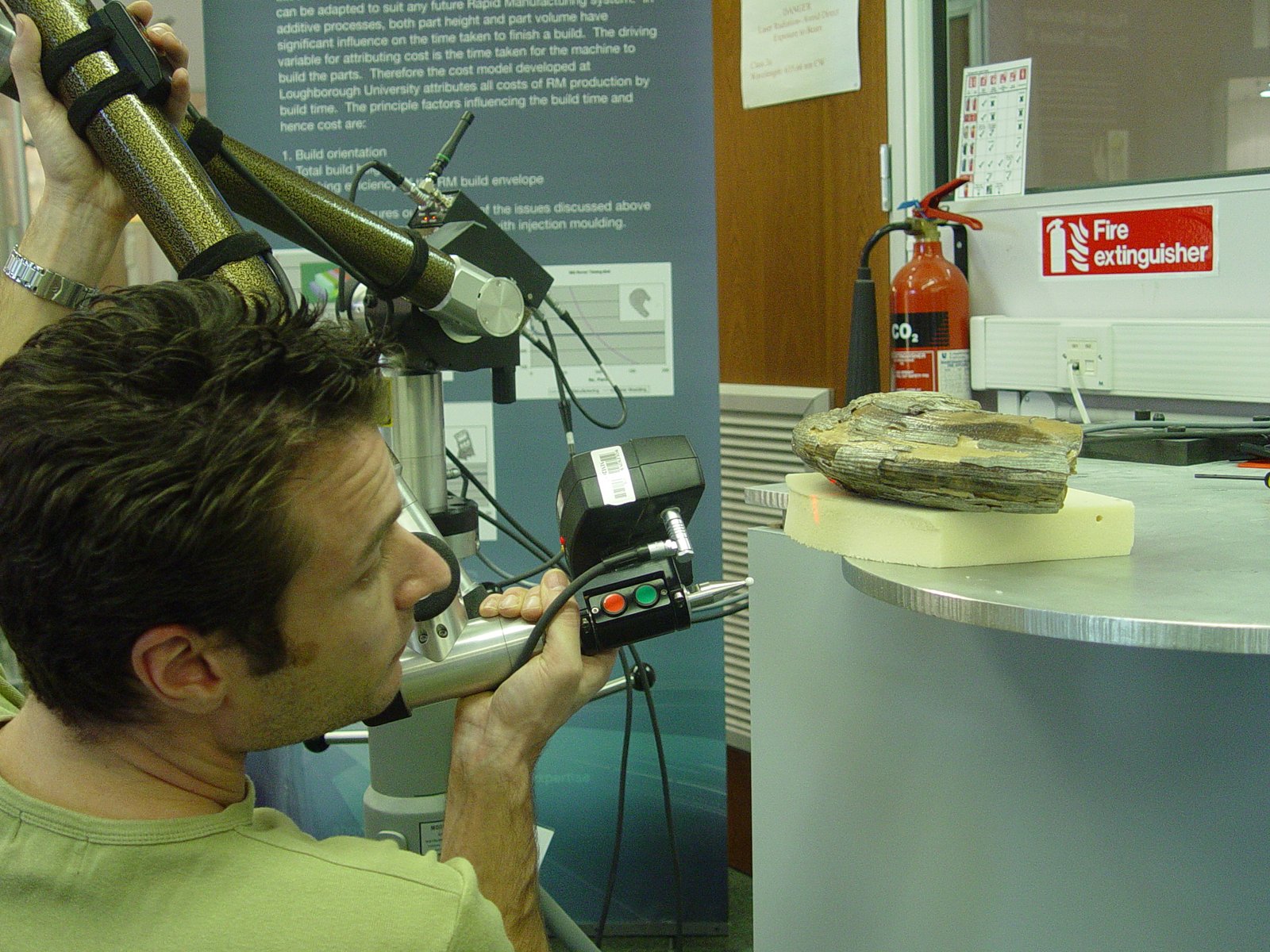
Finding a fossil is one thing; reading it is another. Researchers used micro‑CT scanning to peer through the rock and digitally separate each tooth, a kind of virtual dental surgery that protects delicate specimens while revealing hidden structures. Once the team had clean digital models, they 3D‑printed enlarged replicas, handling the “giant” teeth safely while the original remained secure. That mix of careful fieldwork and high‑tech lab work is increasingly the norm, especially when fossils are tiny and the details that matter fit on the head of a pin. It’s a reminder that paleontology now lives at the intersection of boots, laptops, and lab benches.
In this case, the workflow turned a beach find into a peer‑reviewed story published in the Proceedings of the Geologists’ Association in July 2025. The paper documents the anatomy, geological context, and how the sample’s micro-features place it among multituberculates. Small differences in cusp shape and enamel ridges carry big evolutionary meaning, and the scans captured those with precision. I love that the fossil’s journey went from seaside cliff to spinning CT gantry to a resin replica you can hold in your hand – science you can literally feel.
Piecing Together a Life
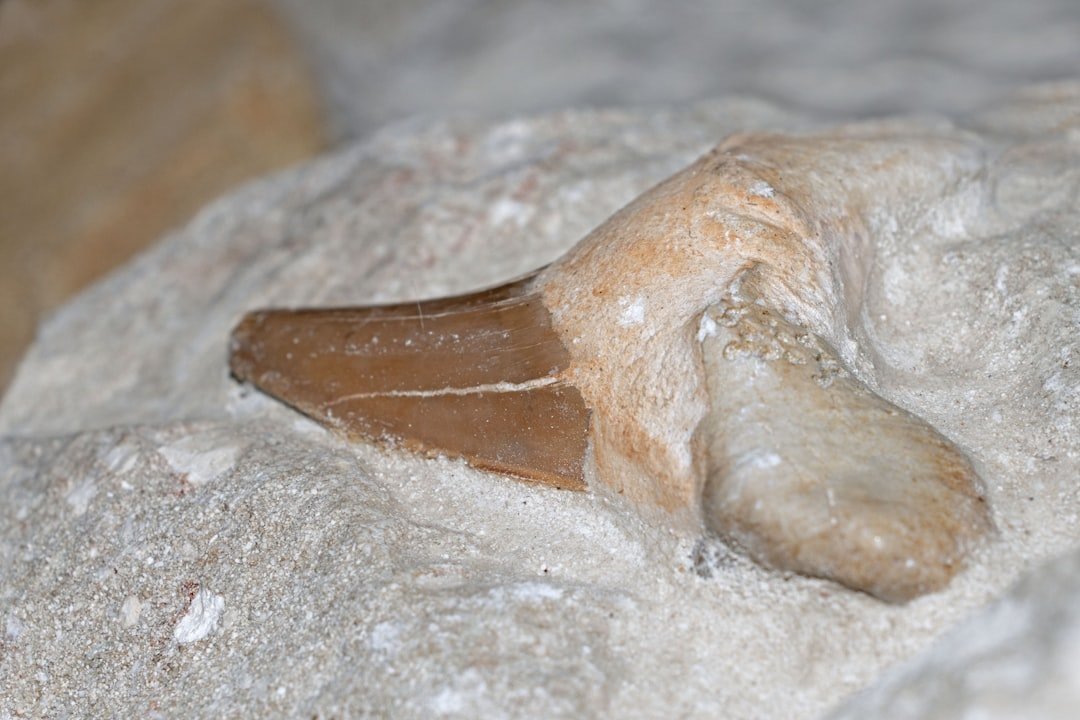
Teeth don’t just name a species; they sketch a lifestyle. Novaculadon’s dental set suggests an omnivorous or insect‑leaning diet, the kind of small, opportunistic feeding strategy that keeps you alive while dinosaurs thunder overhead. The slicing premolars imply it could tackle chitinous insects, worms, and perhaps seeds or shoots, switching menus as the seasons changed around a freshwater lagoon. A body probably no bigger than a modern mouse would have moved low and quick, hiding in vegetation, foraging at twilight, and dodging jaws that outmatched its own. You can almost picture it zipping between plant stems like a windblown shadow.
The rock layers that entombed the jaw point to a quiet, shallow setting with pulses of freshwater and silt. That’s ideal for preserving tiny, fragile remains that would dissolve or shatter in surf. When a sediment bed captures small vertebrates, it preserves the everyday species – the ones that do the real ecological work. Those are the fossils that round out the cast list, not just the stars. Novaculadon reads like one of those hard‑working understudies finally getting a line on stage.
A Landscape That Keeps Giving
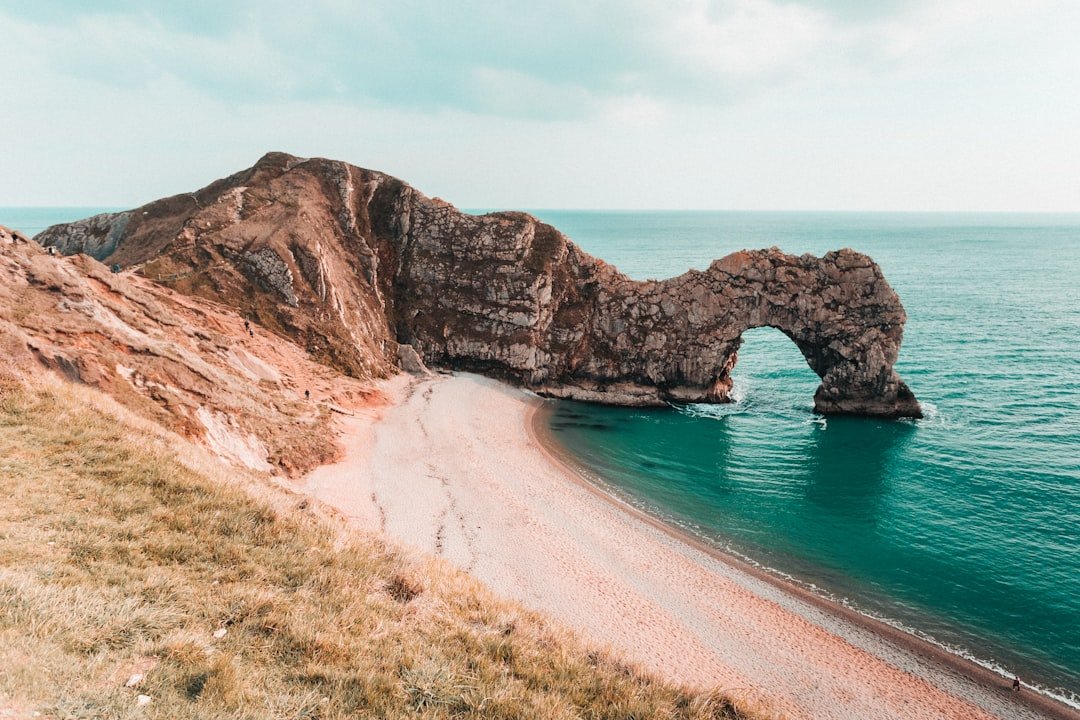
Durlston Bay sits within the Jurassic Coast World Heritage Site, a place where time peels back in tide‑scoured slices. The same coast produced another headline in 2017, when researchers reported two early eutherian mammals – Durlstotherium and Durlstodon – from nearby beds. Those teeth pushed modern mammal ancestry deeper into the past and showed how southern England punches above its weight in mammal origins research. Now, Novaculadon adds a different branch of the family tree to the local record, proof that the Purbeck rocks can preserve multiple mammal lineages in the same broad window of time. It’s diversity you can map layer by layer.
There’s also a human pattern to notice here: students and local collectors have repeatedly been the first eyes on big finds. Careful sieving of microfossils, patient walks along shingle after storms, and the habit of looking twice at a speck in mud make the difference. The Dorset coast invites that slow attention, and the science pays it back. Each new species from these cliffs doesn’t just add a name; it adds confidence that more stories lie just below the next tide line. The map of ancient Britain keeps getting sharper because people keep showing up.
Global Perspectives
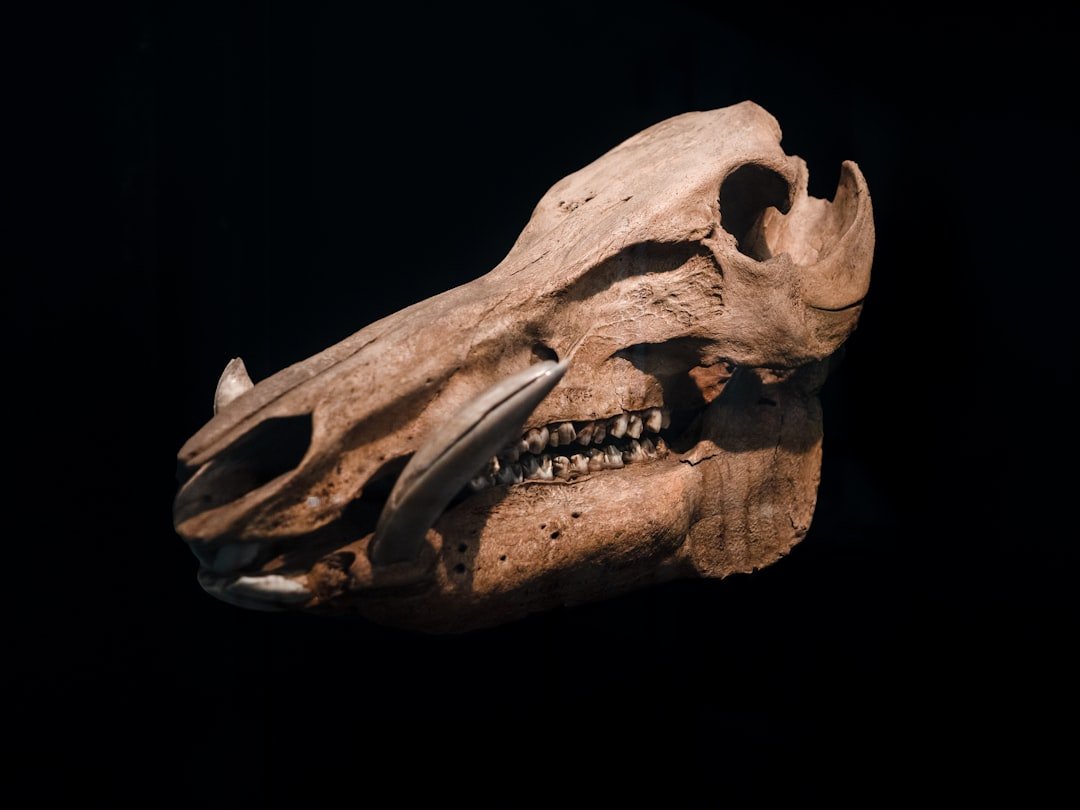
Early mammal evolution isn’t a tidy straight line; it’s a thicket with branches that sprout, overlap, and vanish. Finds from England sit alongside influential discoveries from China and elsewhere, each clarifying when familiar mammal features – like complex molars – arose. The Dorset teeth reported in 2017, together with Chinese material, helped nudge timelines earlier than many textbooks once taught. Novaculadon fits into that bigger mosaic by confirming that specialized mammal lineages were already experimenting with diets and niches at the dawn of the Cretaceous. The lesson is that mammal success was a slow burn, not a sudden spark.
What makes this new jaw special is how it sharpens the picture of multituberculates in northwest Europe. Their story stretches across continents and tens of millions of years, but the details demand many local datapoints. A single, well‑imaged jaw with distinct premolars and an incisor gap is a small piece that anchors many comparisons. It lets researchers test whether similar forms elsewhere represent convergence or close kin. In a field built from fragments, that kind of anchor matters.
Why It Matters
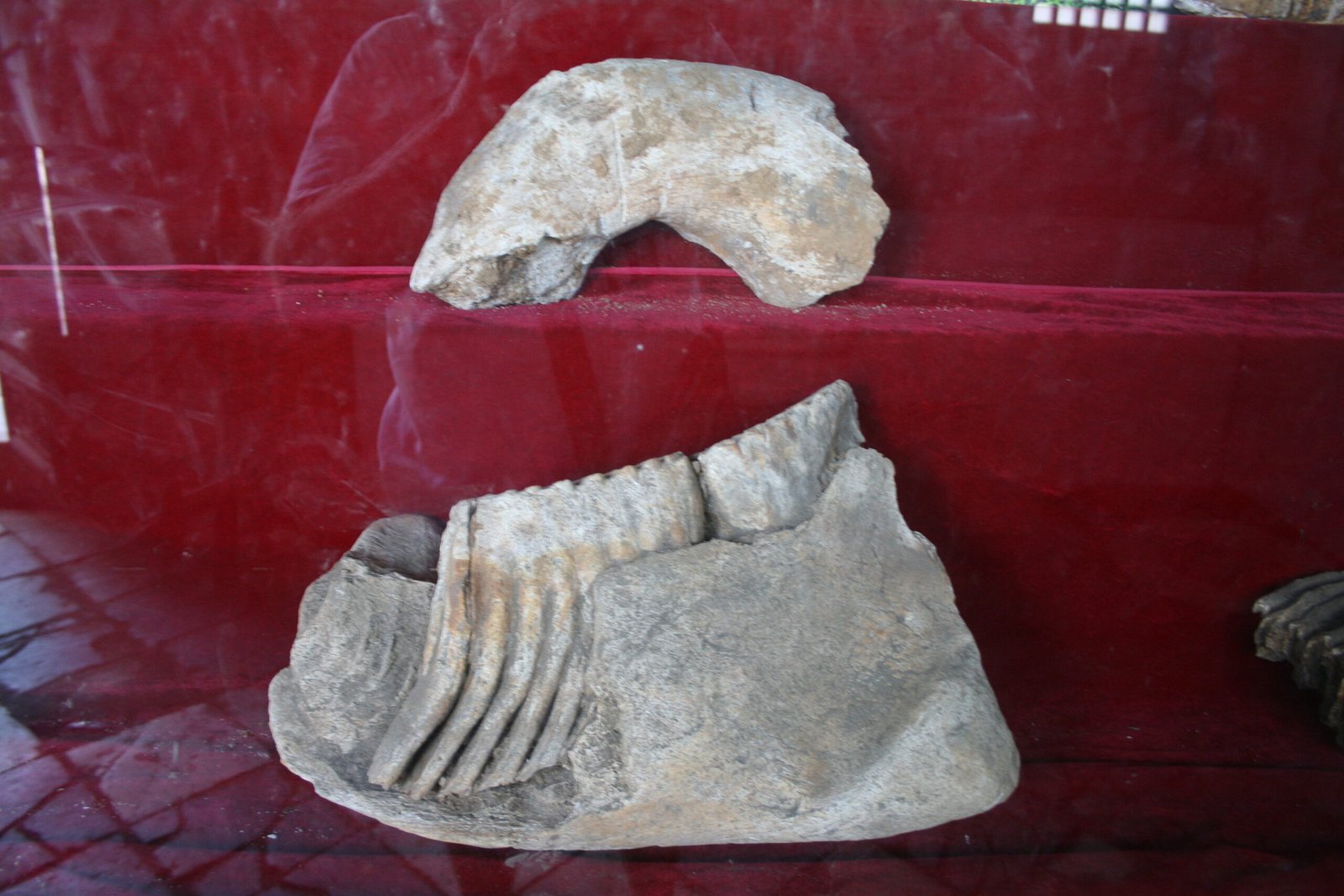
Novaculadon changes the conversation in several practical ways. First, it strengthens the case that early Cretaceous Europe supported a richer mammal fauna than long assumed, trimming the gap between European and Asian records. Second, it demonstrates how micro‑CT and 3D printing convert fragile fossils into robust datasets, making peer review and replication easier. Third, it highlights the scientific value of systematic, small‑find collecting in well‑studied places where “everything” might seem already known. Finally, it creates a reference point for identifying fragmentary jaws and isolated teeth from similar beds across Britain and beyond. That’s a lot of impact for a fossil smaller than a paperclip.
Compared with many classic discoveries based on large skeletons and dramatic quarry digs, this find leans on precision rather than spectacle. Traditional comparative anatomy is still the backbone, but it now rides on datasets generated by scans and digital segmentation. The result is a testable, sharable model of the anatomy that other labs can measure and challenge. In other words, the science becomes less about who holds the fossil and more about what the data show. That shift is healthy for the field.
The Future Landscape
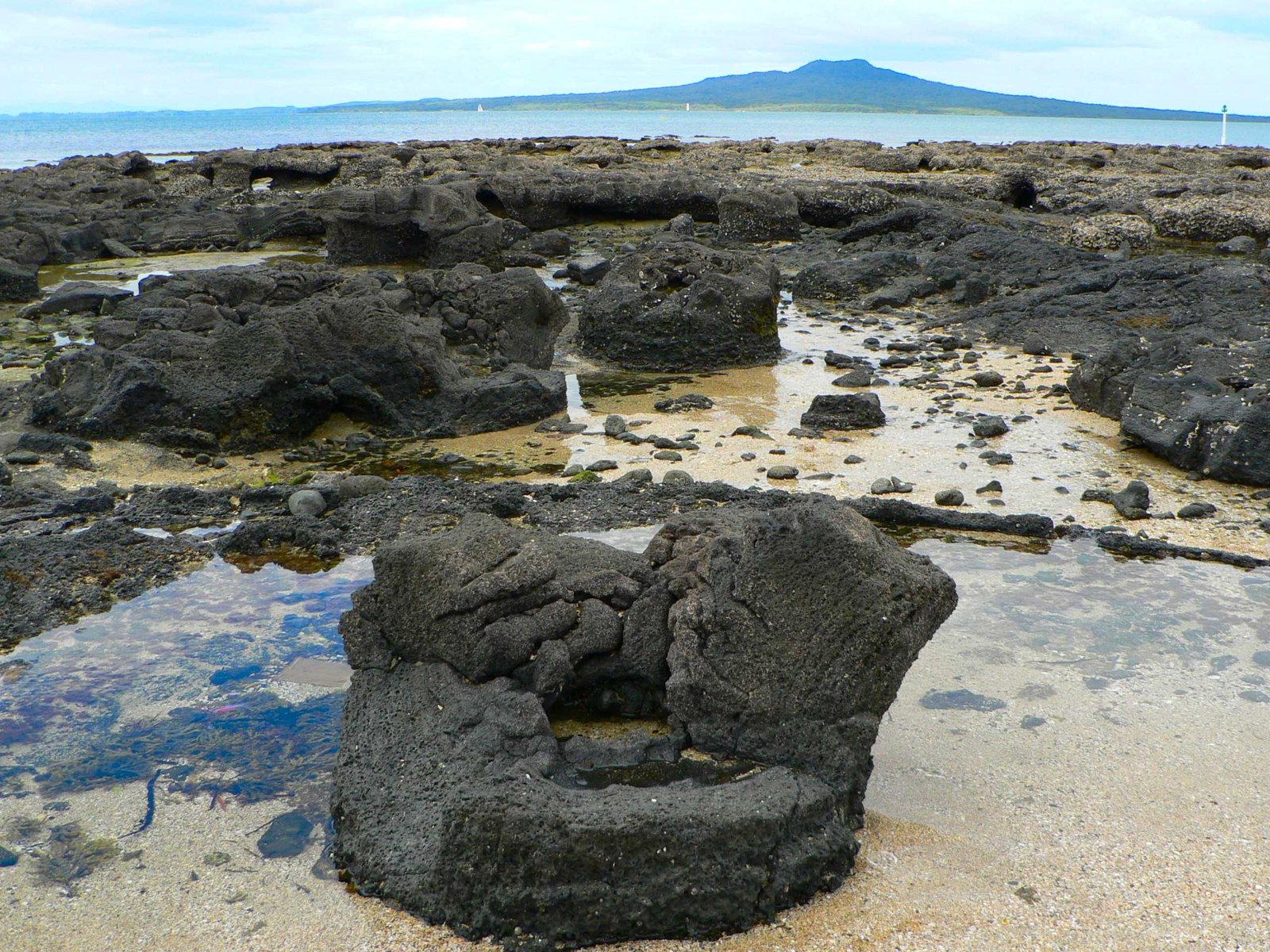
The next wave of discoveries from Dorset will likely come from three forces working together: erosion, imaging, and collaboration. Winter storms will keep teasing loose new material, while micro‑CT continues to shrink blind spots and reveal hidden sutures and cusps. Machine‑learning tools may soon help triage microfossil trays, flagging unusual shapes for human experts to recheck. And networks linking universities, museums, and trained volunteers will spread the search across more eyes and more days on the coast. The more the community grows, the more the dataset does too.
There are hurdles. Coastal erosion gives, but it also takes, sometimes destroying sites faster than teams can survey them. Funding cycles rarely match the tide schedule, and field training for students and citizen scientists needs sustained support. Clear collecting codes and rapid reporting routes can keep specimens in the public trust without choking off the curiosity that finds them. If we get that balance right, Dorset could keep delivering small fossils with oversized stories for years to come.
Conclusion

If you live near fossil‑rich coasts, consider joining a local geology or natural history group to learn responsible collecting and reporting. Support regional museums and university collections that curate small finds; a tiny jaw in a drawer might be the next headline. Teachers and parents can spark curiosity with magnifiers and sieving kits, then connect young fossil‑hunters with experts who can verify identifications. Researchers and enthusiasts alike can share high‑resolution images and 3D models to widen access and reduce the need to transport delicate originals. And when storms pass, walk those beaches safely, eyes down and mind open – you never know what the waves have written into the stones.

Suhail Ahmed is a passionate digital professional and nature enthusiast with over 8 years of experience in content strategy, SEO, web development, and digital operations. Alongside his freelance journey, Suhail actively contributes to nature and wildlife platforms like Discover Wildlife, where he channels his curiosity for the planet into engaging, educational storytelling.
With a strong background in managing digital ecosystems — from ecommerce stores and WordPress websites to social media and automation — Suhail merges technical precision with creative insight. His content reflects a rare balance: SEO-friendly yet deeply human, data-informed yet emotionally resonant.
Driven by a love for discovery and storytelling, Suhail believes in using digital platforms to amplify causes that matter — especially those protecting Earth’s biodiversity and inspiring sustainable living. Whether he’s managing online projects or crafting wildlife content, his goal remains the same: to inform, inspire, and leave a positive digital footprint.

